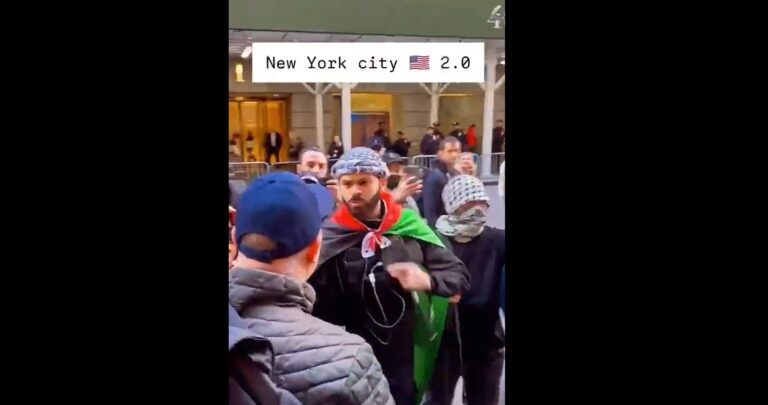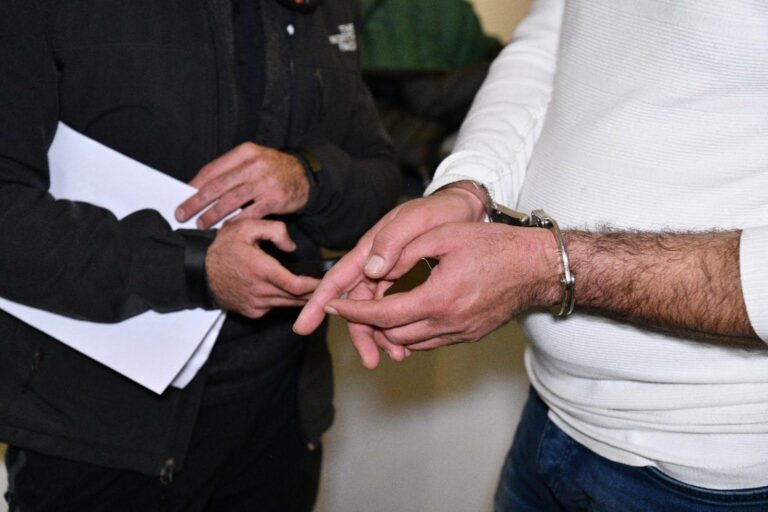Mike Bloomberg’s stockpile of cash, swarm of employees and paid social media influencers are testing the abilities of online platforms — and his Democratic challengers — to keep up with an expensive internet campaign.
Despite the billionaire and former New York City mayor’s late entry into the presidential race, he has far outspent his rivals on nearly every platform in a matter of weeks.
His unconventional online strategy is heavy on memes and the paid support of prominent social media users, blurring the lines between political advertising, satire and misinformation.
That has not only boosted the platforms’ bottom lines, but has also revealed how easily their policies can be bent.
“We’re in the position where tech companies can’t even apply their own policies to what we’re seeing,” said Mark Jablonowski, chief technology officer at DSPolitical, a digital advertising firm that has worked with several Democratic campaigns this year. “It’s a different paradigm, and this mix is likely to be effective.”
Bloomberg’s self-funded campaign allows him to try out new online tactics and quickly buy an online community that other candidates have spent years building out.
Bloomberg has so far spent $55 million on Facebook and Instagram ads, $9 million of that in the past week. That compares to $33 million spent so far by Republican President Donald Trump, and $10 million overall spent by Vermont Sen. Bernie Sanders, a Democratic rival.
Bloomberg even leads on Snapchat, an app popular for sharing photos and short videos, where political ad spending is negligible. All the presidential campaigns combined have spent roughly $788,000 — with Bloomberg’s campaign spending almost all of it: $686,000.
Earlier this month Bloomberg exposed a loophole in Instagram’s policies to run humorous, self-deprecating messages promoting himself on accounts of popular Instagram personalities with millions of younger followers.
The platform had discouraged campaigns from paying other Instagram accounts but amended its policies to allow them hours after the pro-Bloomberg posts went up, as long as they disclose who paid for the sponsored content.
Facebook, which owns Instagram, didn’t collect revenue for the sponsored content so it won’t catalog the posts for public viewing in Facebook’s ad database, where anyone can see how much a politician spent on messages.
His campaign has stirred up trouble on Twitter, too.
Last week, Twitter suspended nearly 70 accounts for posting identical pro-Bloomberg messages, in violation of Twitter’s rules against spam.
Bloomberg’s campaign said the messages were taken from an app that allows campaign staffers and volunteers to share the language with their friends and family. The campaign said it did not create any of the accounts that were taken down by Twitter on Friday.
Still, Bloomberg’s online campaign has people talking.
His Facebook video ad of former President Barack Obama describing him as a leader has been powerful — and confusing.
In Obama’s hometown of Chicago, Rep. Danny Davis, a longtime Democratic congressman, has heard from people who thought Obama had endorsed Bloomberg. And even those who know Obama hasn’t endorsed Bloomberg find the message highly effective, Davis said.
“They know that it does not say that Barack Obama was endorsing Mike Bloomberg, but they also know it sounds like it could,” Davis, who has endorsed Democratic presidential candidate Joe Biden, said of the ad.
After Bloomberg’s widely panned first debate appearance last week, the campaign posted an edited video clip that made it appear as if his opponents stood in awkward silence for 20 seconds, as crickets chirped in the background, when Bloomberg asked who else on stage had ever started a business.
Bloomberg’s campaign insists the video was “tongue-in-cheek.”
Facebook said the video did not violate any of its policies. Twitter, however, said such a campaign video would be labeled as manipulated once a new policy takes effect March 5.
That altered video could be the beginning of a “slippery slope,” warned Tara McGowan, the co-founder of Acronym. Her group has pledged to spend $74 million in digital advertising to keep Democrats in the spotlight this year and compete with Trump’s digital presence.
“I hope they don’t cross that line again, but he really doesn’t have anything to lose,” McGowan said.
The campaign reeled it in Monday after blowback from a series of tweets that included fake quotes from Sanders praising authoritarian leaders like North Korea’s Kim Jong Un and Russia’s Vladimir Putin.
Critics called the tweets disinformation. A Bloomberg spokeswoman said the tweets were a joke but acknowledged the campaign is considering labeling future posts as satire to avoid accusations of spreading misinformation.
“Bloomberg is walking this very fine line,” said Syracuse University professor Jenny Stromer-Galley, who researches online campaigns. She said his overall online approach could mislead voters who fail to grasp the satire or who don’t know that influencers supporting him may have been paid to do so.
It remains to be seen if Bloomberg’s approach will translate into votes. He won’t appear on a ballot until 14 states hold primaries next Tuesday.
But whoever wins the Democratic nomination will have to contend with Trump, who regularly retweets memes, videos and photos from his online army of supporters — even when the tweets are misleading or offensive.
“What’s made Trump’s digital program so formidable isn’t just how much he spent on ads — it’s how he spent those funds,” McGowan said. “His campaign has been learning who his base is, what issues mobilize them, and has been able to use those insights to figure out who will respond.”
(AP)











